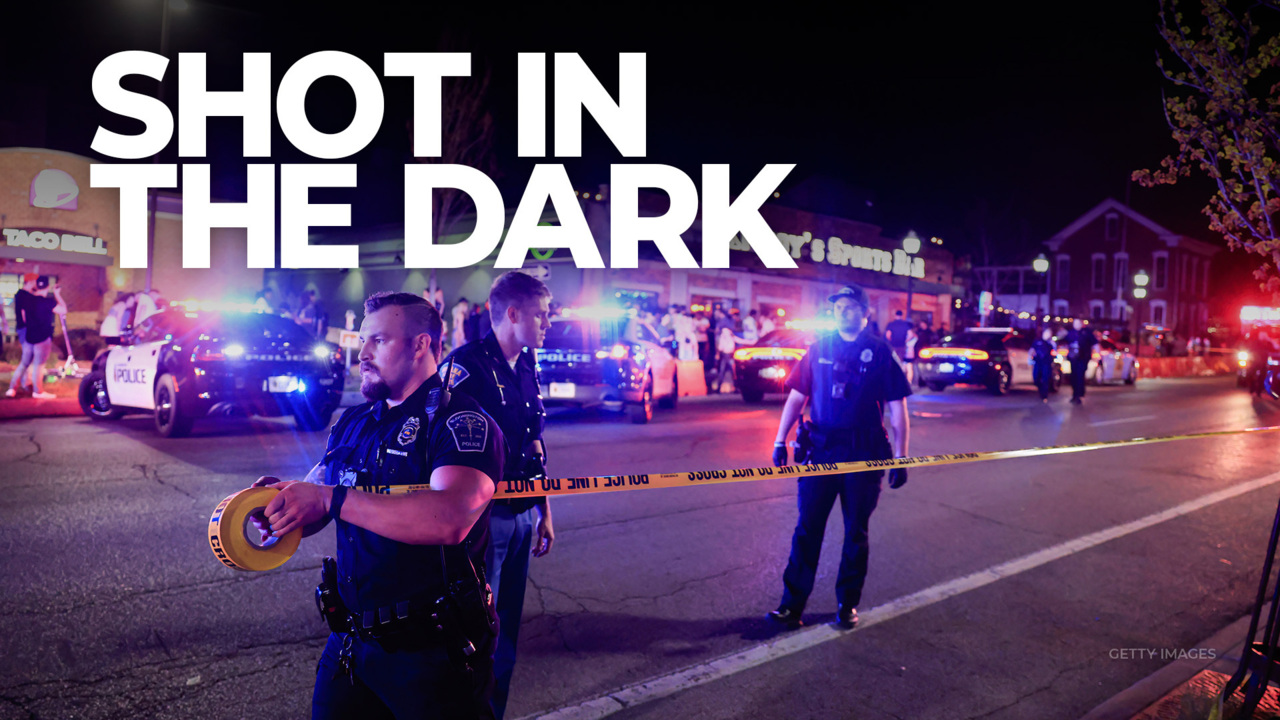
LONGWORTH: WE’RE SEEING REPORTS THAT, IN 2022, POLICE KILLINGS REACHED A RECORD HIGH IN THE U.S.
THE CONTEXT MATTERS, THOUGH. THE RECORD USED ONLY DATES BACK TO 2013, AS IT’S FROM A NONPROFIT CALLED MAPPING POLICE VIOLENCE.
NIX: “WE HAVE A GOOD SENSE THAT, COMPARED TO THE 70S AND 80S, POLICE ARE SHOOTING PEOPLE WAY LESS THAN THEY USED TO.”
LONGWORTH: TO PROVE THIS, EXPERTS LIKE CRIMINOLOGY PROFESSOR JUSTIN NIX, HAVE TO POOL VARIOUS SOURCES TOGETHER.
ALL BECAUSE THE U.S. DIDN’T–AND STILL DOESN’T–HAVE A FEDERAL DATABASE TRACKING CASES OF POLICE VIOLENCE NATIONWIDE.
NIX: “THE FBI HAS BEEN TRYING FOR YEARS. AND IN FACT, IN 2019, THEY REVAMPED THEIR EFFORTS AND LAUNCHED A NEW DATA COLLECTION EFFORT. AND TO DATE, THEY STILL HAVEN’T SEEN ENOUGH PARTICIPATION, TO RELEASE THE DATA. WHEN THEY LAUNCHED THEIR NEW EFFORTS, THERE WAS THIS ARBITRARY THRESHOLD OF 60% OF AGENCIES PARTICIPATING BEFORE ANY DATA CAN BE PUBLICLY RELEASED. AND, YOU KNOW, THREE PLUS YEARS LATER, WE’VE STILL NOT MET THAT THRESHOLD.”
LONGWORTH: AND SO, US JOURNALISTS AS WELL AS OFFICIALS AND ACTIVISTS RELY ON A FEW DATABASES FOR THE INFORMATION.
THEY’RE RUN BY THE WASHINGTON POST AND NONPROFITS LIKE MAPPING POLICE VIOLENCE, WHICH COUNT DEATHS AT THE HANDS OF POLICE–WHETHER THEY’RE JUSTIFIED OR NOT.
BUT THESE DATABASES DON’T PAINT THE FULL PICTURE.
NIX: “THEY DON’T TRACK WHEN OFFICERS SHOOT, BUT DON’T KILL CITIZENS, WHICH I ARGUE IS THE SAME AS YOU KNOW, BUT FOR THE OUTCOME OF DEATH, RIGHT. IT STILL REPRESENTS A USE OF FORCE THAT COULD KILL A PERSON.”
LONGWORTH: ALSO, THE DATABASES LIKELY DON’T FIND EVERY CASE.
MAPPING POLICE VIOLENCE SAYS, ACCORDING TO ESTIMATES, ITS DATABASE CAPTURES “92% OF THE POLICE KILLINGS THAT HAVE OCCURRED SINCE 2013.”
THE CASES IT MISSES ARE LIKELY UNREPORTED BY THE MEDIA, AS MAPPING POLICE VIOLENCE DEPENDS ON LOCAL NEWS STORIES AND AGENCY INFORMATION. IT’S ALSO COLLABORATED WITH OTHER DATABASES.
NIX: “THEY’VE DONE A LOT OF, YOU KNOW, GRUNT WORK TO BASICALLY REACH OUT TO AGENCIES AND REQUEST THOSE DATA. SO IT’S A TALL TASK, RIGHT, AND A COUNTRY WITH UPWARDS OF 18,000 POLICE DEPARTMENTS.”
LONGWORTH: HOWEVER, NIX SAYS, WE NEED A MORE COMPLETE SOURCE OF DATA TO INFORM POLICY CHANGES.
NIX: “AND I TRULY BELIEVE WE CAN DO BETTER WHEN WE HAVE THAT DATA, BECAUSE IF WE DON’T NOW WE’RE JUST GUESSING WE’RE JUST PLAYING DARTS IN THE DARK AND HOPING THAT WE GET LUCKY.”






